Motivation behind the development of this project
Presently, over 1 million people, in the U.S. alone, are insulin dependent diabetics and about 40 thousand additional people are diagnosed each year.
Each year there is over $14 billion dollars spent on treating insulin dependent diabetes and lost wages due to it.
While technology has greatly improved treatment and management of insulin dependent diabetes, the costs seem to increase geometrically (especially to those without insurance).
The cornerstone to managing insulin dependent diabetes is monitoring blood glucose levels. Presently, the only methods available for monitoring blood glucose rely on single use, disposable, test strips or longer term Continuous Blood Glucose Monitors. While CGM's provide a fantastic method of tracking and, as a result, controlling blood glucose levels, they do so at a very high monetary cost since they require special sensors that need to be replaced every 10-14 days. In addition, CGM's need calibration through the use of test strips. Despite all the technological advances in medicine we continue to rely on the same methods of measuring blood glucose as 40-50 years ago (enzymatic... not really much different than the first Glucometer that I used in the mid 1980's).
Since I first researched this idea, last year, there have been numerous research projects published in respected journals that have, independently, followed similar ideas and direction. They all seem to achieve the objective of measuring ketone levels. Despite this, no products have been produced.
Theory behind this project:
Our bodies produce ketones (through the breakdown of fatty acids in the liver) when glucose is unavailable to the bodies cells. This occurs, either under fasting conditions (essentially low intake of carbohydrates) or when there is insufficient insulin present to transport glucose into the tissues of our bodies.
The breakdown of fatty acids produces the ketone bodies - aceto-acetate and beta-hydroxybutyrate, both of which are acidic and lower blood pH, when they reach high levels. To maintain blood pH levels acetoacetate is excreted through the kidney's and also the lungs (as acetone - resulting in the fruity odor on the breath of those in ketosis). Diabetic Keto-Acidosis is most likely to occur when individuals are sick, stressed, have blood glucose over 300 or in women, who are pregnant, with any type of diabetes.
In those of us who are not insulin dependent diabetics it is normal to produce Ketones when blood glucose levels begin to drop. For those with insulin dependent diabetes, the production of Ketones begins when there is insufficient insulin present to transport glucose into cells (regardless of how much glucose is present).
For insulin dependent diabetics, when there is plenty of glucose available but no insulin then Ketoacidosis can develop. Diabetic Keto-Acidosis is the most common cause of death for young people diagnosed with insulin dependent diabetes.
This makes analysis of ketone levels useful for treatment of insulin dependent diabetes.
The main ketone bodies produced by our bodies are:
- Beta-hydroxybutyrate – used in blood tests for ketones
- Acetoacetate – used in urine tests for ketones
- Acetone – target for breath tests for ketones (produced from breakdown of acetoacetate)
BetaHydroxyButyrate and Acetoacetate transported in the blood. Acetoacetate breaks down into acetone in the lungs and is excreted in exhaled breath – where it can be measured.
Exhaled breath contains numerous components (400+ ?). These components come, primarily, from the air we breath and waste produced from metabolism within our bodies. The largest proportions present in our exhaled air are: … CO2, H2O,
During Exhaltion – first portion of breath is from our mouth and trachea, the next portion of breath is from our bronchi and bronchioli, the final of breath comes from our avioli.
... Read more » Tom Meehan
Tom Meehan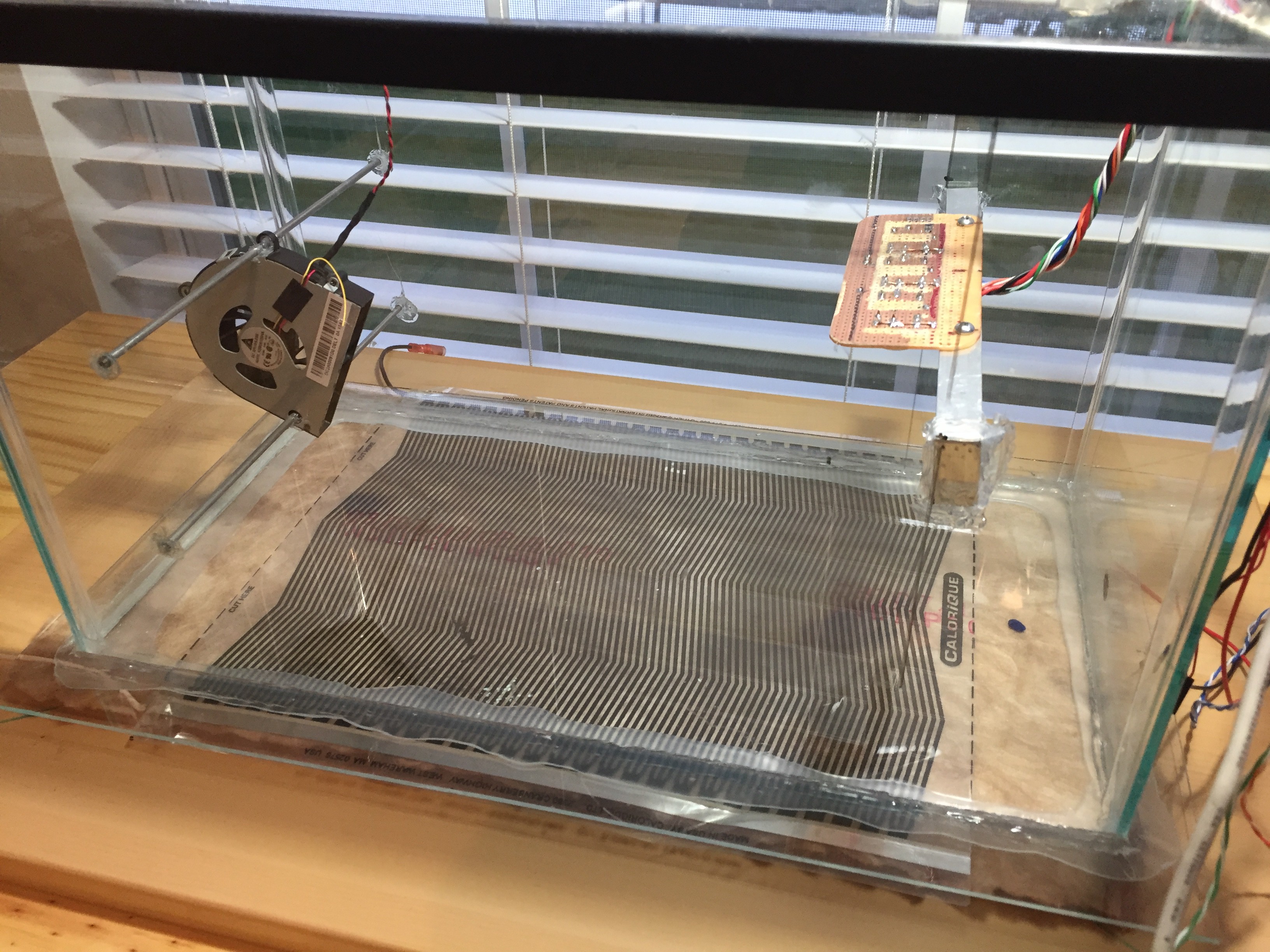
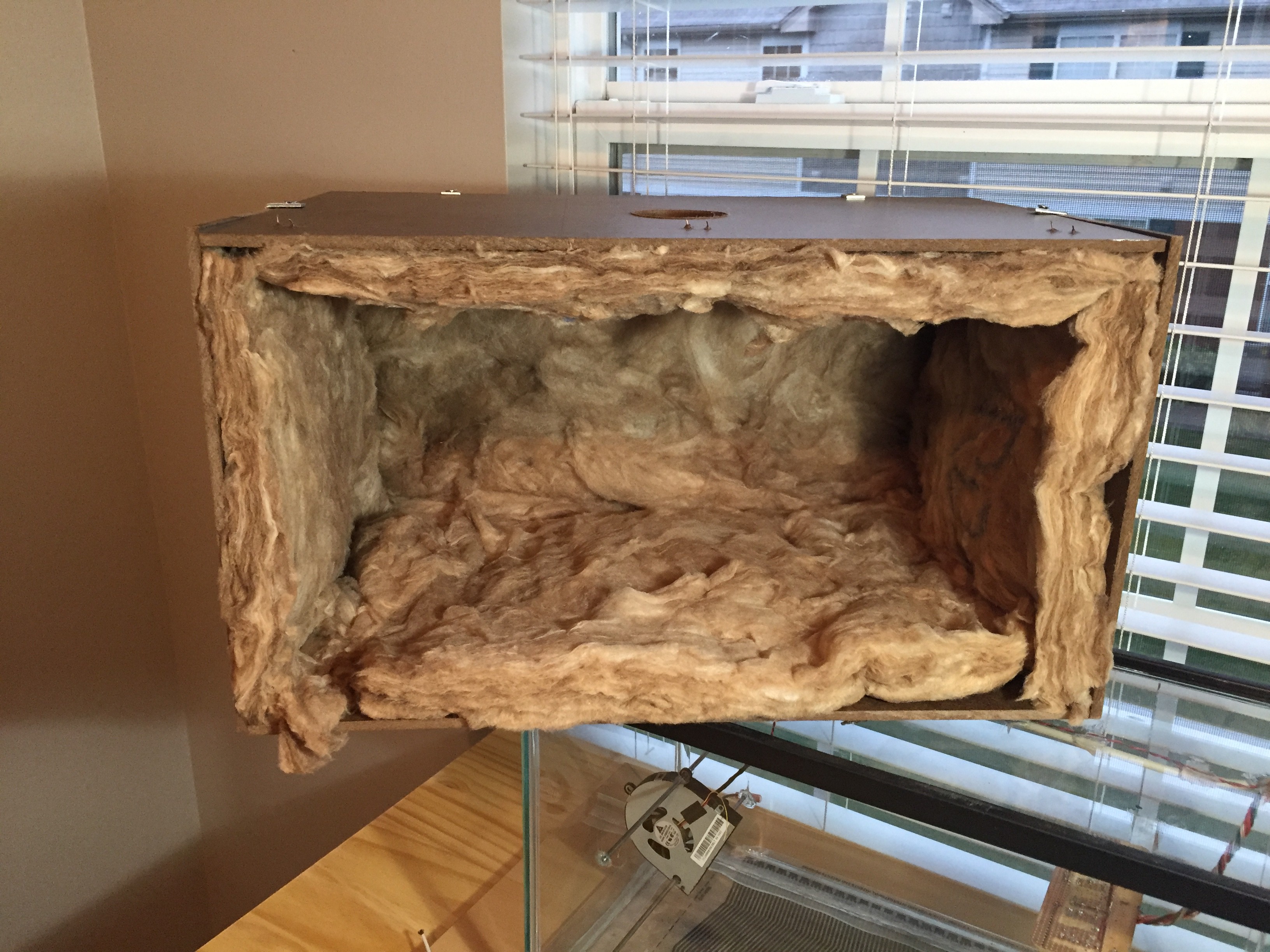
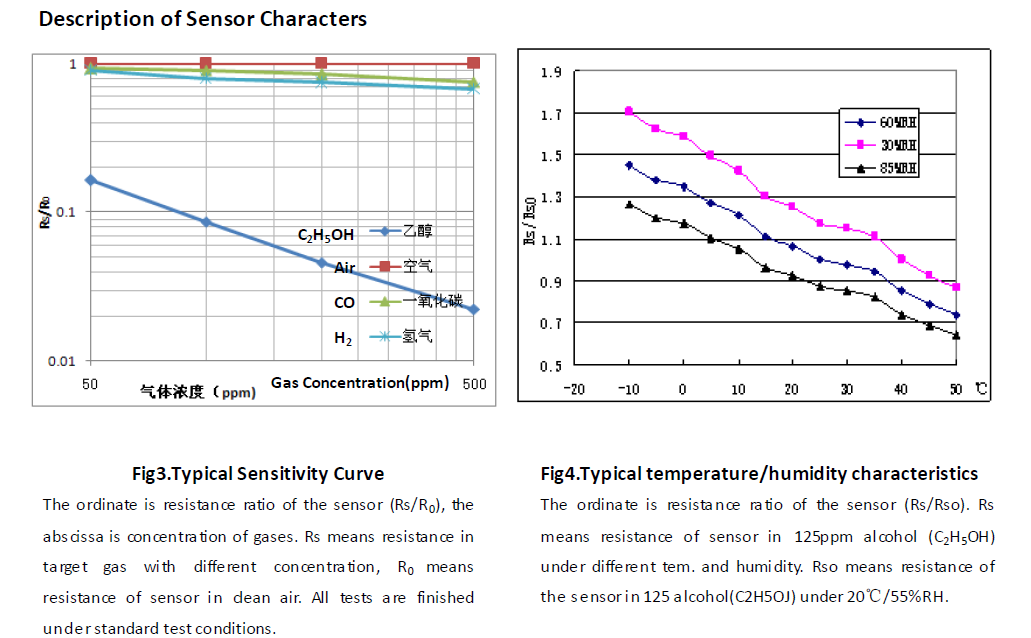
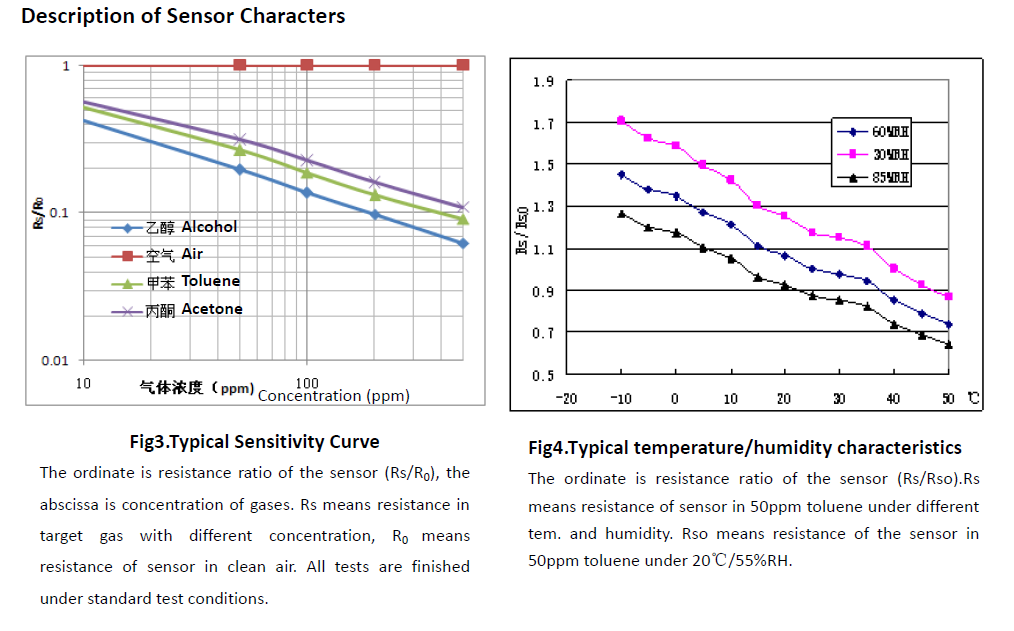

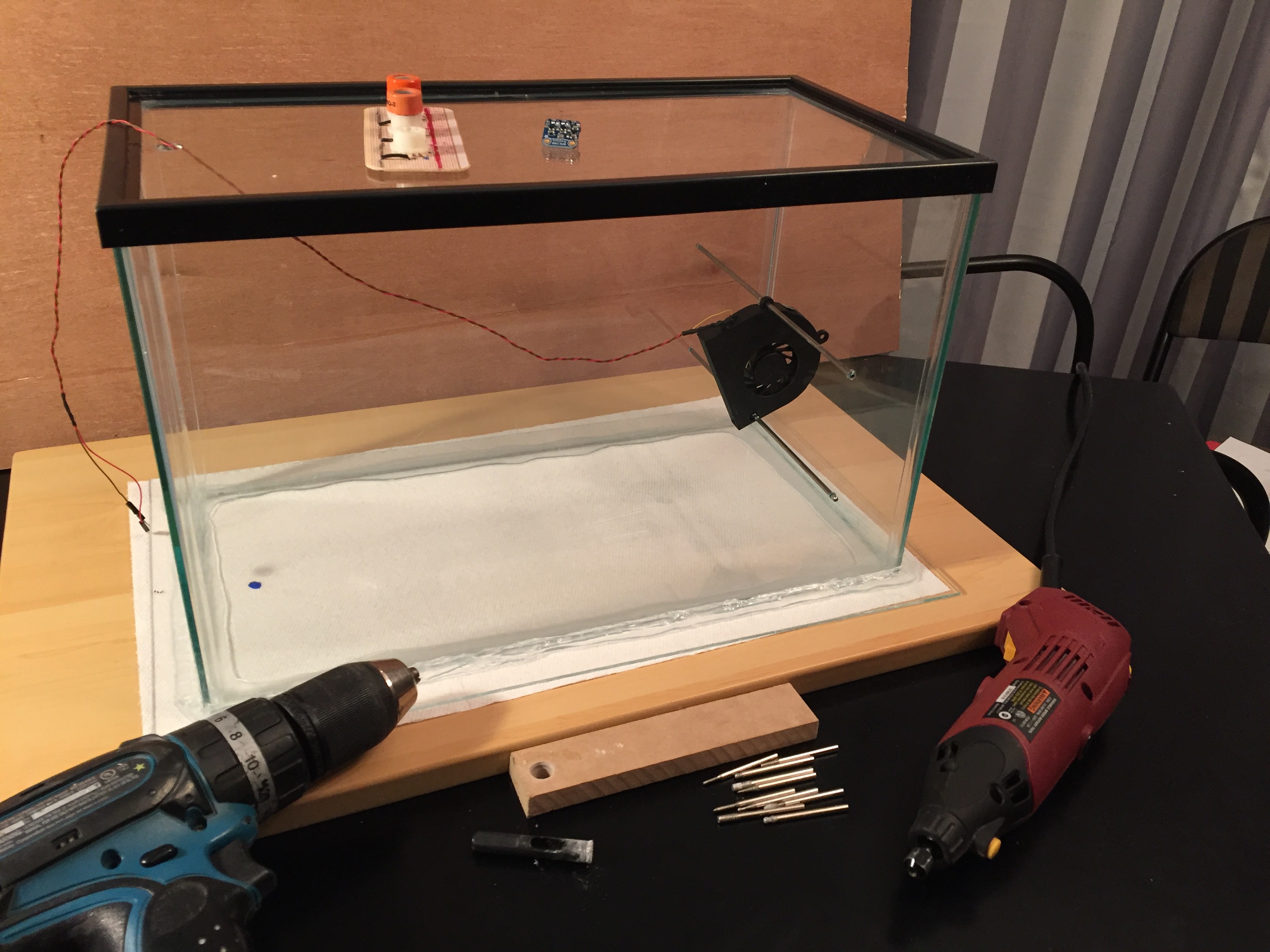
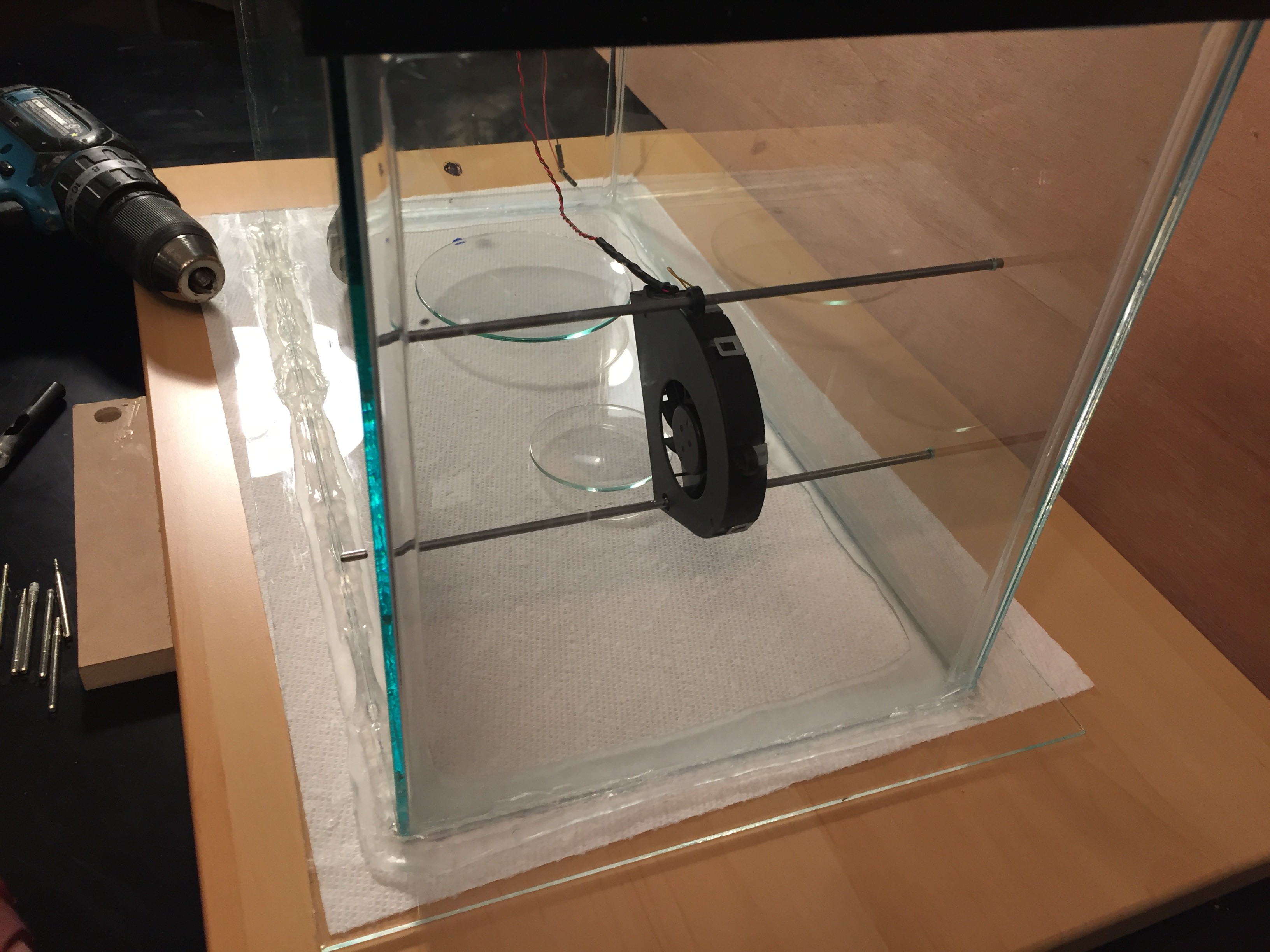
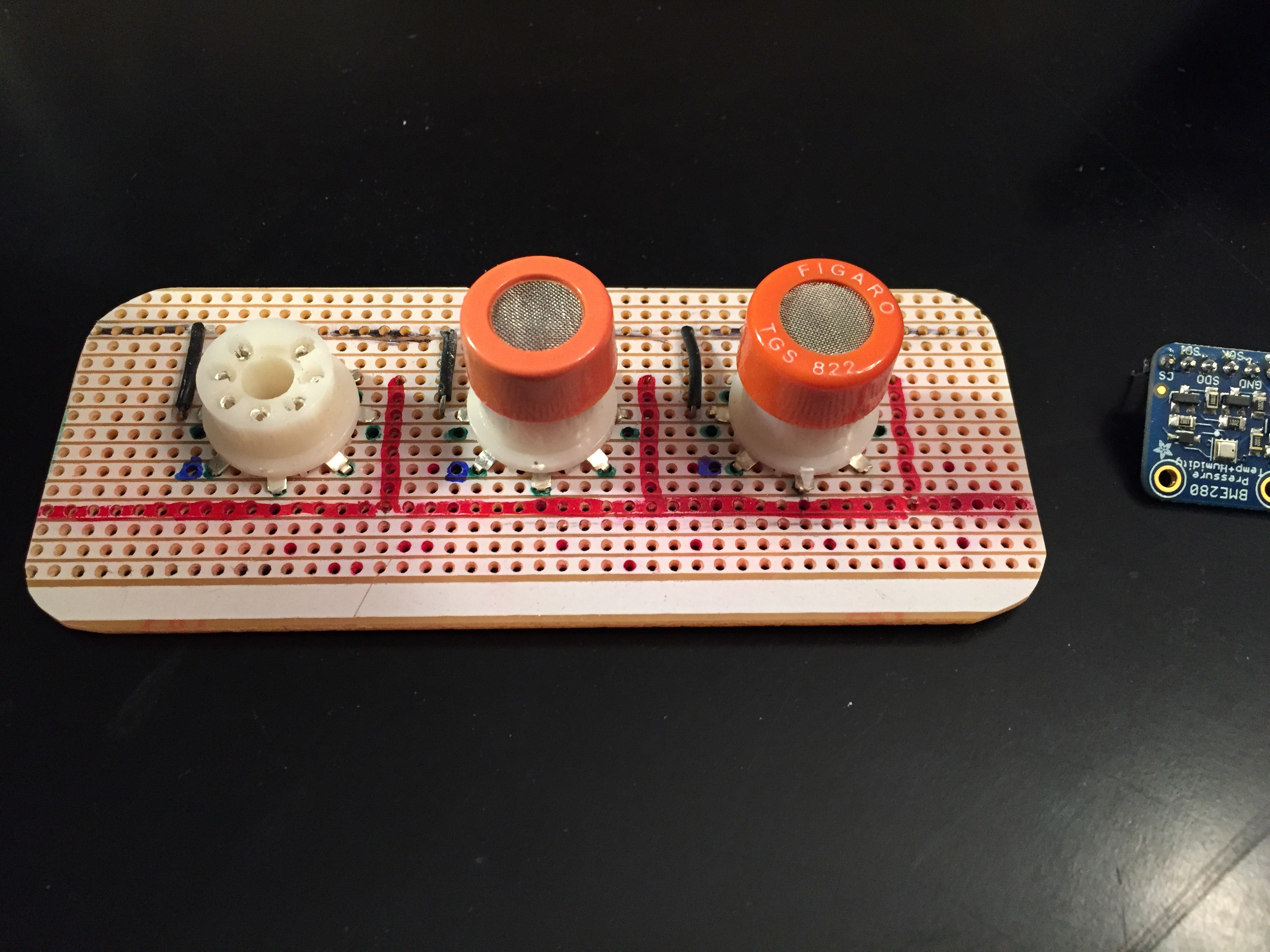
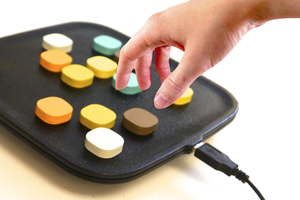
 theresa.ohm
theresa.ohm
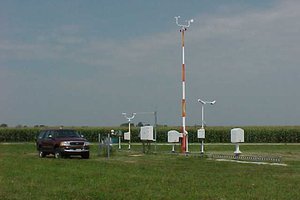
 sparks.ron
sparks.ron